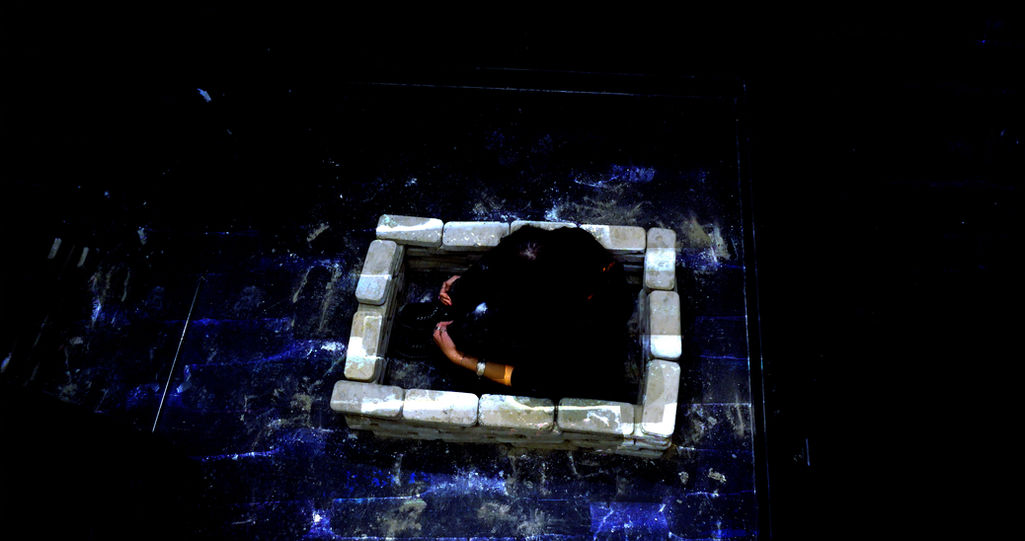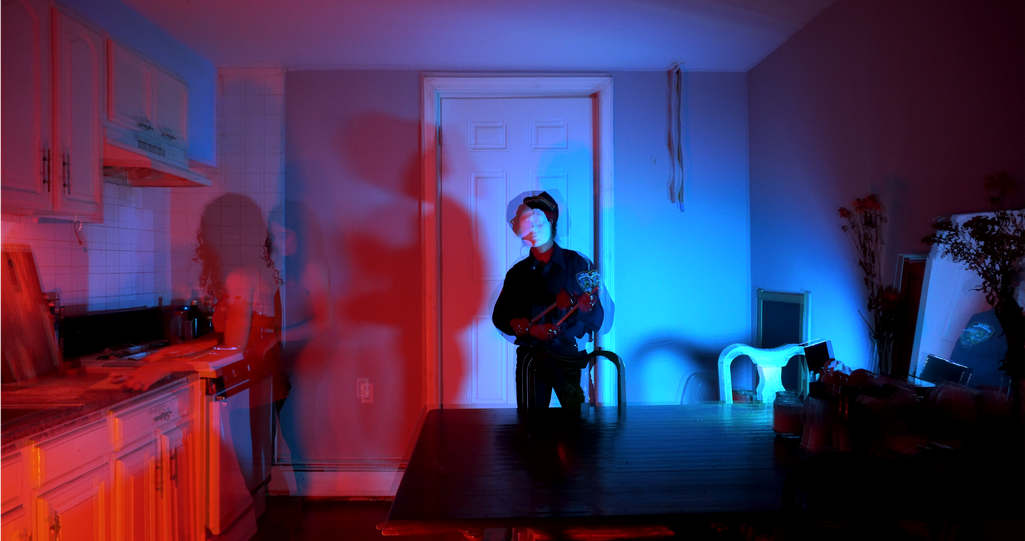
1.Chimera or Divide and conquer: stories of dehumanisation (2021)
4K Film, 1:33:33, combination of found and shot footage
Human nature is a chimera existing between violence and compassion
Chimera or Divide and Conquer: stories of dehumanization, is a 93 min one person experimental
film that deals with the construct of the Other as the base for the birth and continuous existence of
oppressive institutions that have historically proven to be antagonistic to life and inherently
exploitative while at the same time portraying themselves as essential. It explores and questions the existence of these constructs by highlighting the absurdity through text and different visual
metaphors while proposing a reevaluation of what we consider true or defacto. Can we escape
violence and injustice if we eliminate the construct of the Other as the enemy?
The film is divided into five main chapters (borders, state, policing, capitalism, education), and each chapter has a distinct color palette. Colour becomes an important part of the narrative. Most color pairs stand in opposition, a condition explored throughout the film. The film narrates the story of a woman, who finds herself exploring different institutions while transforming both into the oppressor and the oppressed. This bipolar condition stresses the importance of individual responsibility. At the same time, the duality of the character questions the stability of constructs and concepts. Visual metaphors are juxtaposed with found footage. Although problematic in its very essence the inclusion of found footage was important in order to have an abrupt connection to reality and continue the parallel narratives of dualities -found vs constructed footage- The found footage is short and out of context to reflect the fragmented view of reality that we experience through the media. In every chapter, there is the appearance of a mask (distinct for every chapter), the somewhat surrealistic journey of the character, and lastly the resolution, the destruction of the mask. The narrative is supported by voice-over of texts from Foucault, Arendt, Camus and Nietzsche, soundscapes, audio exerts from Feynman and minimal dialog.
























